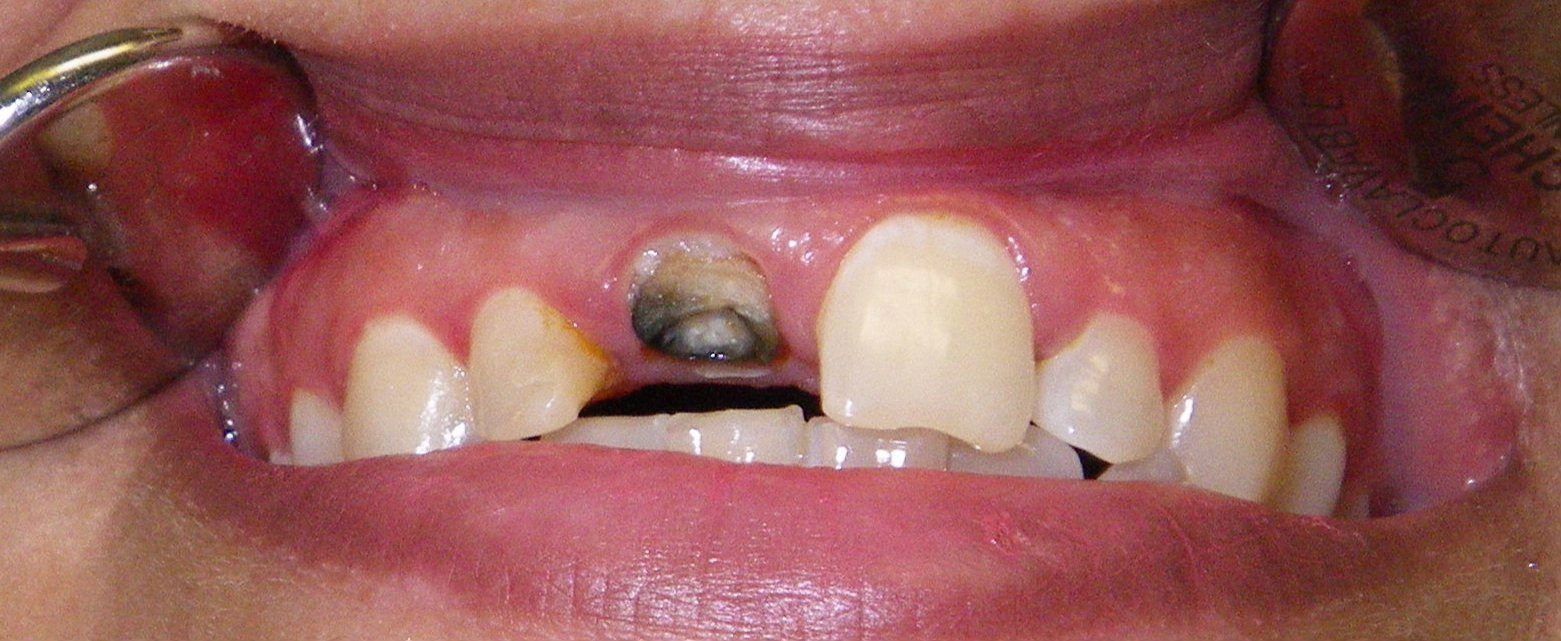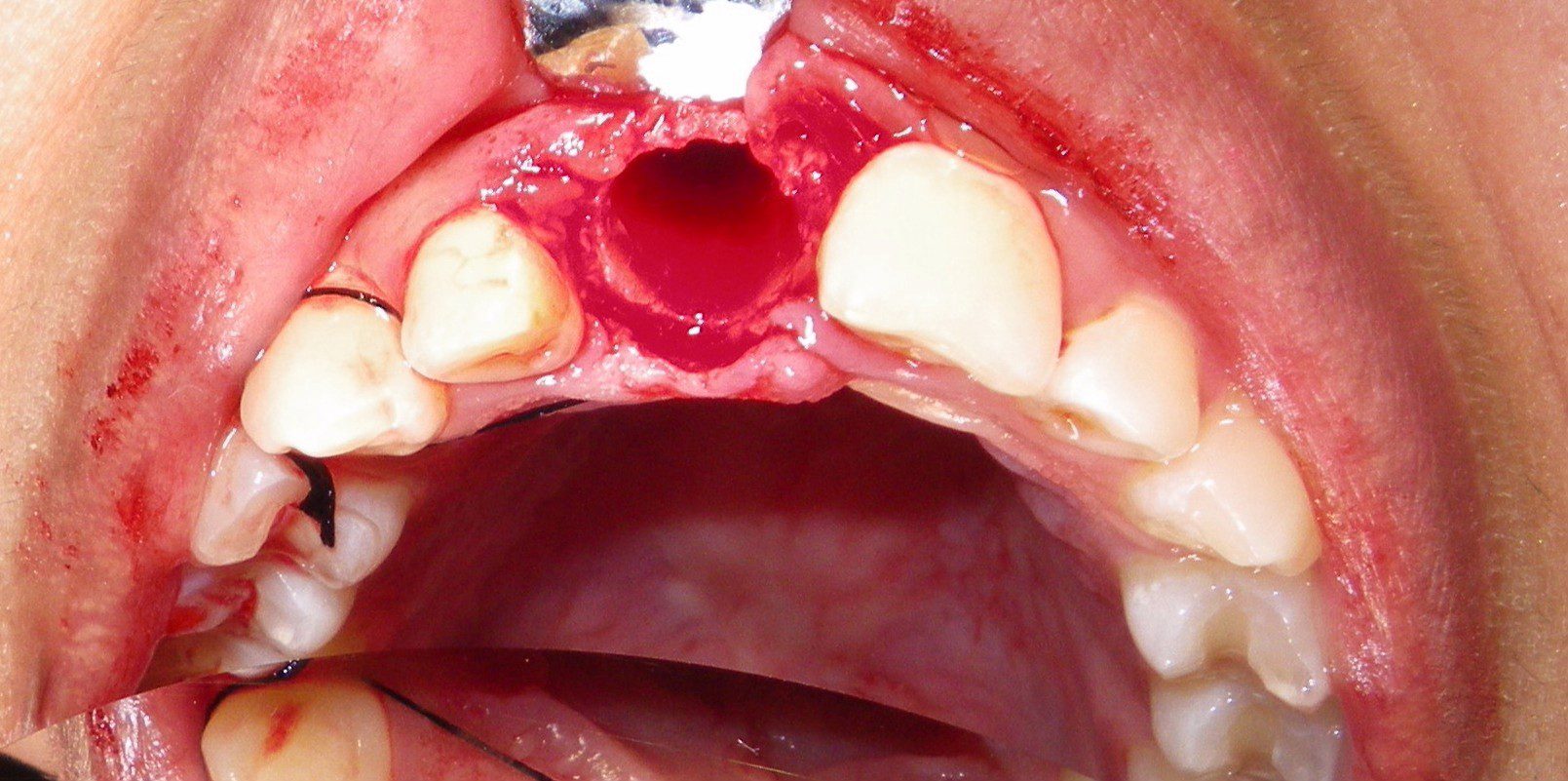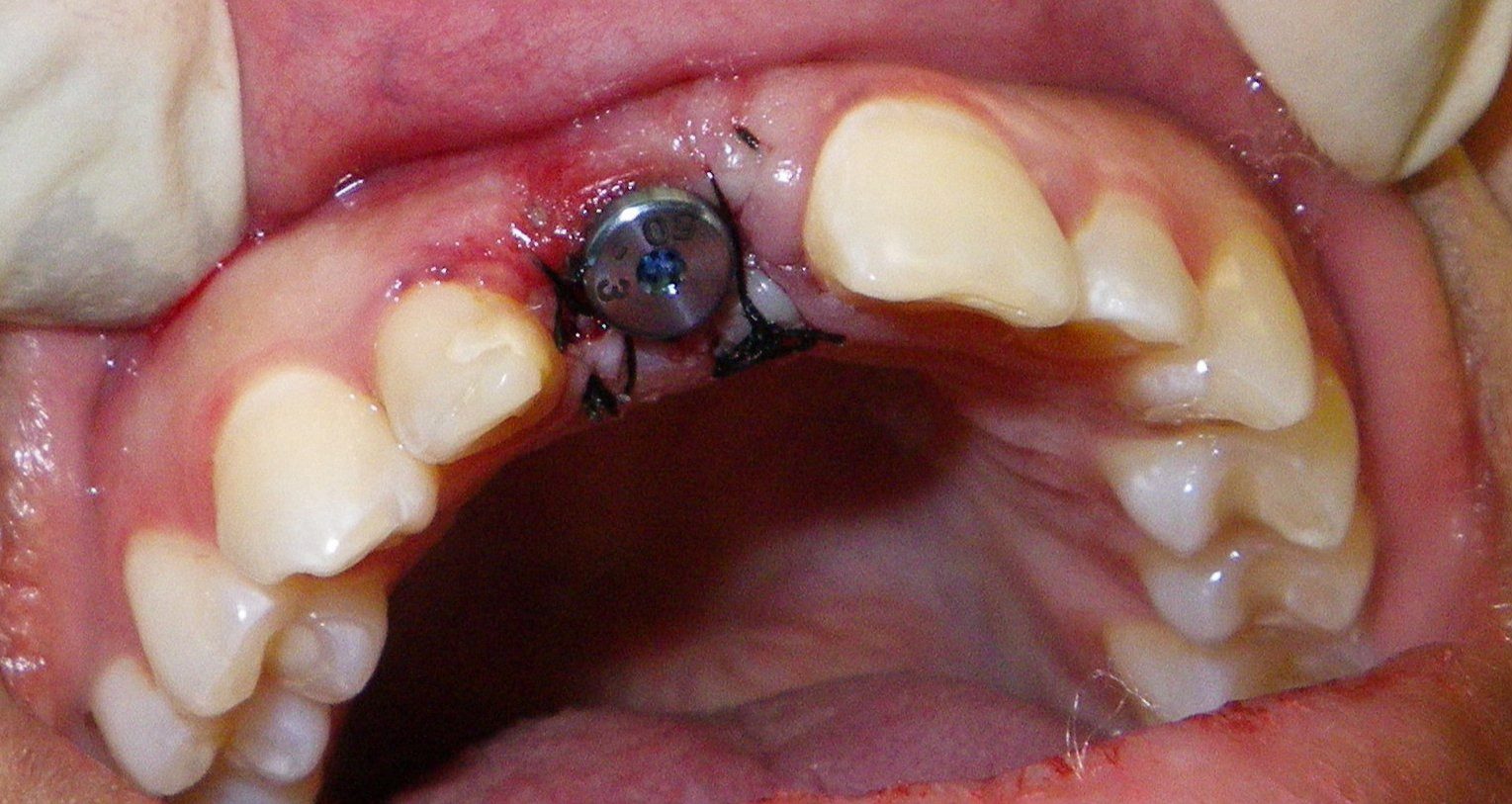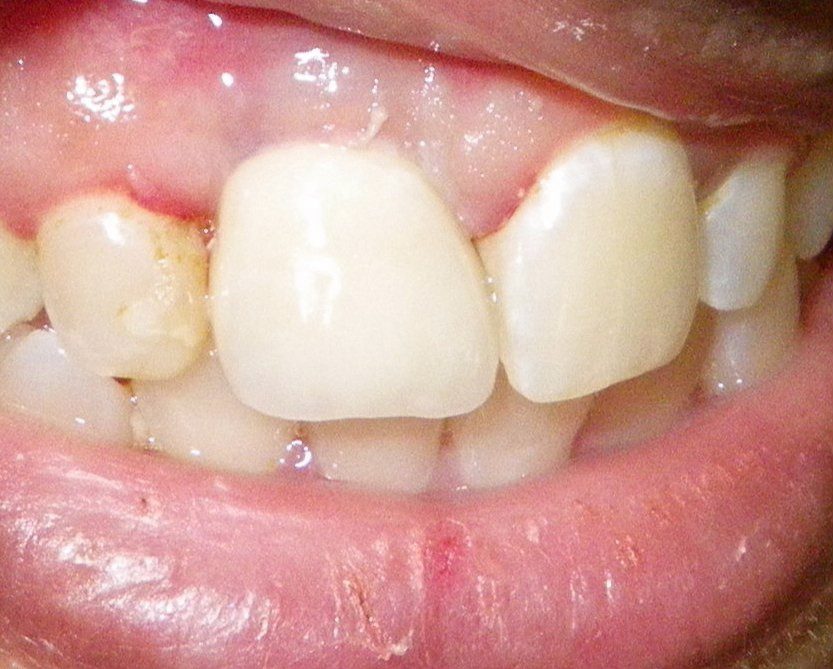Immediate dental implant and loading and role in Dental implant therapy:
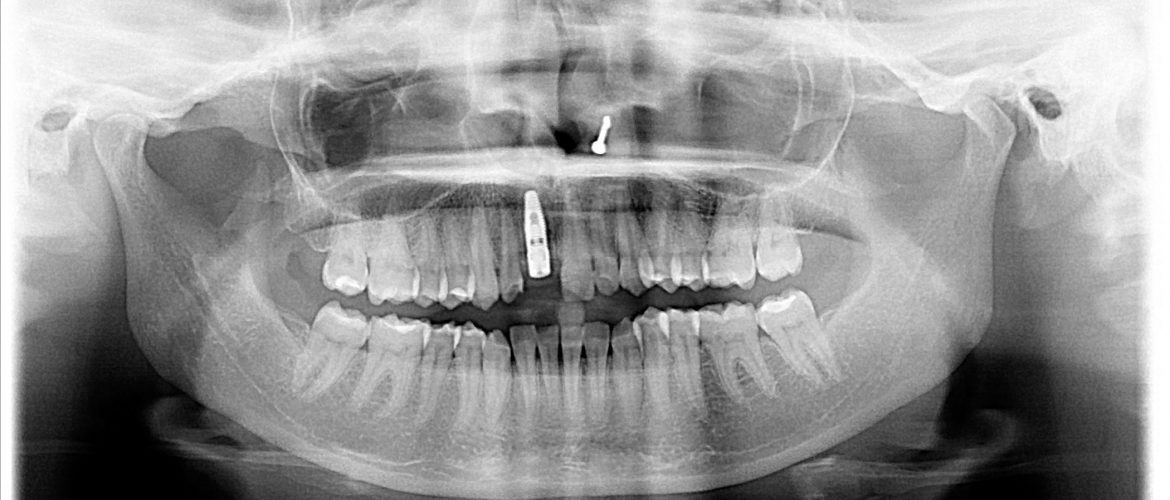
Immediate dental implant and loading and role in Dental implant therapy:
Dentistry is constantly evolving assimilating with it not only new scientific findings in various aspects of dentistry, but also, changes in outlook of society as whole. As our world continues to become more technology driven and fast paced, so too has dentistry adapted to be able to reflect some of those changes. No where has this been more evident as in the field of Dental implantology.
Since osteointegration was discovered by Per-Ingvar Branemark a number of changes have occurred to improve dental implant effectiveness and efficacy. The changes not only include changes in their design, shape, and surface texture to improve their overall success rate in the mouth, but also, in keeping up with demands with society for esthetics, to also have fixed teeth replacements with dental implants in the anterior maxilla and other parts of the mouth that are expedient and esthetic.
The original protocol for dental implant placement that was made by Branemark and colleagues involved dental implant placement after at least 6 months of healing, and dental implant restoration after 3-4 months in the mandible and 4-6 months in the maxilla. Since then, a number of studies were performed comparing success rates for delayed compared to immediate or early implant placement as well as delayed compared to immediate, and early loading of dental implants. Comparable results were found for the different protocols.
As a result, use of immediate and early placement and loading have become a mainstay in dental implant dentistry, proving to be very efficacious ways of placing and restoring dental implants with increased patient acceptance compared with delayed placement. Understanding their indications for use and contraindications is vital for dentist placing or restoring dental implants.
Some before and after results with immediate placement and loading:
